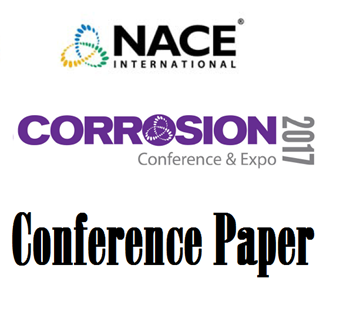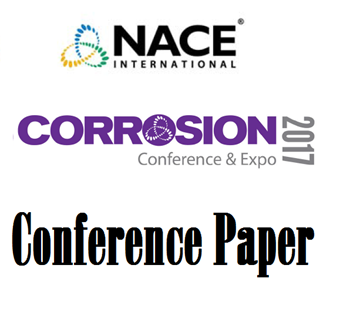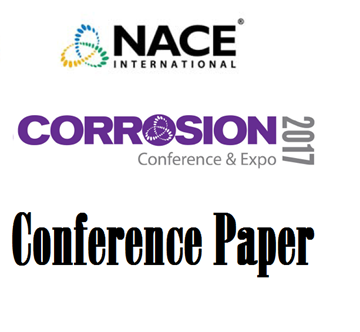Search
Products tagged with 'co2 corrosion'
View as
Sort by
Display
per page
Investigation of CO2 Corrosion Inhibitor Adsorption and Desorption Behavior Using Langmuir Isotherm Model and Effects of Iron Carbide on CI Persistency
Product Number:
51323-19451-SG
Publication Date:
2023
$20.00
Investigation on the Mechanism of Corrosion Inhibitors by Contact Angle and Surface Tension
Product Number:
51324-21173-SG
Publication Date:
2024
$40.00
Mechanistic Correlations Between Single and Multicomponent Corrosion Inhibitor Blends for CO2 Corrosion Control
Product Number:
51317--9190-SG
ISBN:
9190 2017 CP
Publication Date:
2017
$20.00
Proactive Corrosion Control Assessment to Treat Higher-Acidity Gas
Product Number:
51324-20773-SG
Publication Date:
2024
$40.00
Simulating Corrosion And Scale Interactions In Autoclave Experiments: A Sensitivity Study
Product Number:
51322-17622-SG
Publication Date:
2022
$20.00
Study of Adsorption of Corrosion Inhibitor on Carbon Steel Under Co2 Environment by Using AFM
Product Number:
51317--9290-SG
ISBN:
9290 2017 CP
Publication Date:
2017
$20.00
Surfactant Corrosion Inhibitor Adsorption and Desorption Kinetics in Aqueous CO2-Containing Environments
Product Number:
51324-20915-SG
Publication Date:
2024
$40.00
The Interaction of Quaternary Ammonium Compounds based Corrosion Inhibitor with Carbon Steel in CO2 Saturated NaCl Solution
Product Number:
51323-19515-SG
Publication Date:
2023
$20.00
Thiols as Volatile Corrosion Inhibitors for Top of the Line Corrosion
Product Number:
51317--9096-SG
ISBN:
9096 2017 CP
Publication Date:
2017
$20.00
Unravelling Surfactant Partitioning: Part 2 - Experimental Study of Multi-Component Surfactant Partitioning Responses and Their Influence on Inhibition Performance
Product Number:
51324-20883-SG
Publication Date:
2024
$40.00










